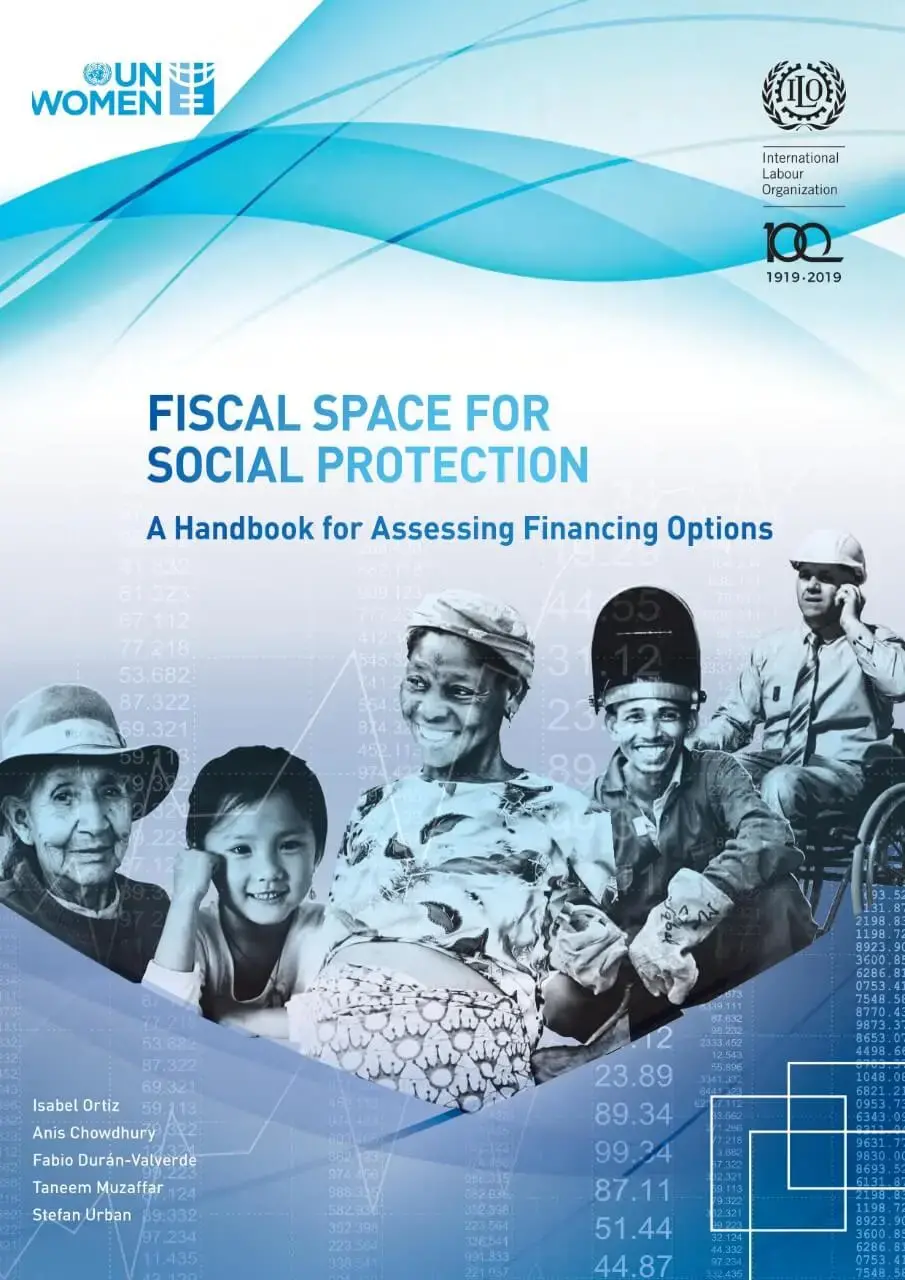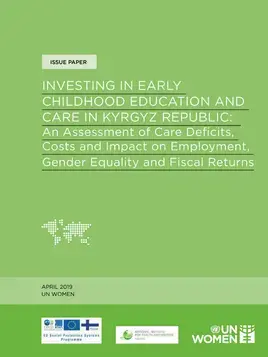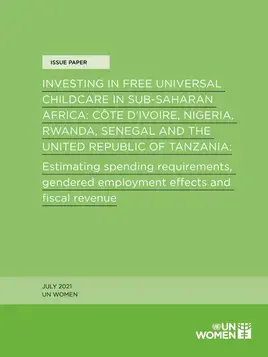
Fiscal space for social protection: A handbook for assessing financing options
This handbook provides practical guidance, elaborated with case studies, on how additional fiscal space can be created for a universal social protection system. The analyses should help governments on how they can increase spending on priority sectors for women, children, and vulnerable groups.
However, it must be noted that no one country’s experience can be replicated one to one. It is not a “one-size-fits-all” handbook: there are always country-specific conditions that have to be taken into consideration in trying to create additional fiscal space. For instance, some countries have room to borrow more, while others may be too indebted and should consider restructuring their debt.
The priorities will also change depending on the countries, for example, most African and Arab countries are experiencing demographic boom, thus requiring a need to scale up public investment in sectors that benefit children; in high income countries, clearly it is necessary to address the needs of rapidly ageing populations; and in all countries, it is essential that social protection systems support groups with special needs such as persons with disabilities and that they promote gender equality, as women represent half of the population.
Each chapter in this handbook clearly mentions:
- learning objectives of the chapter;
- contents of the chapter;
- specific options, with their advantages and disadvantages;
- accomplishments after reading the chapter; and
- key readings relating to the content of the chapter.


